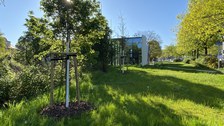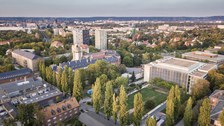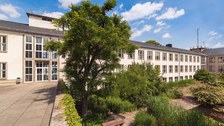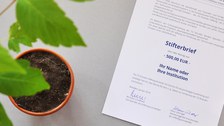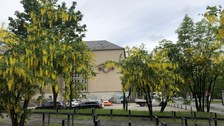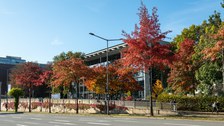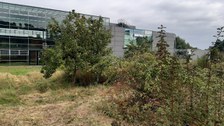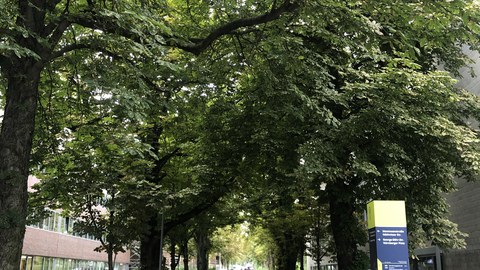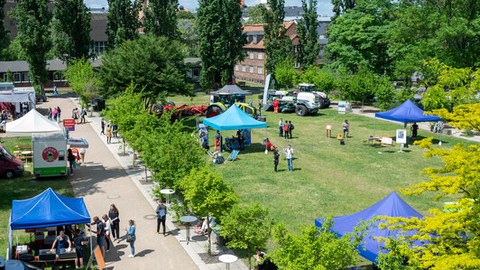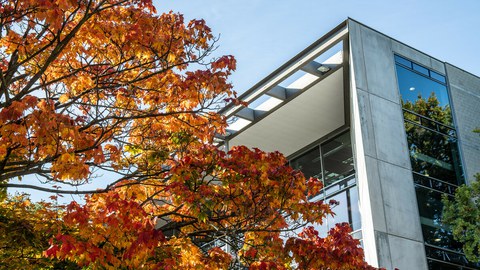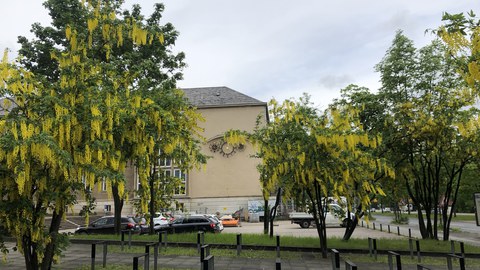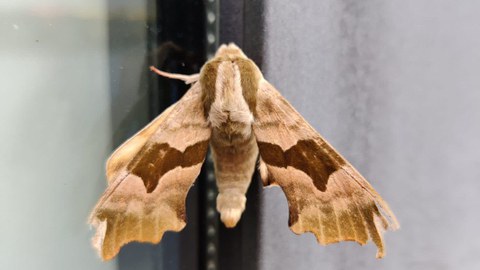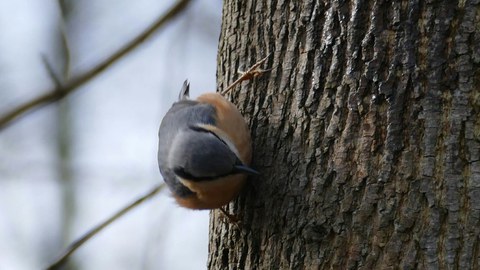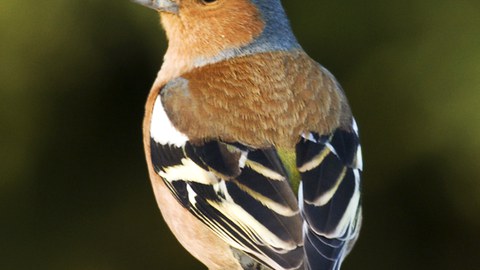Tree habitat
Table of contents
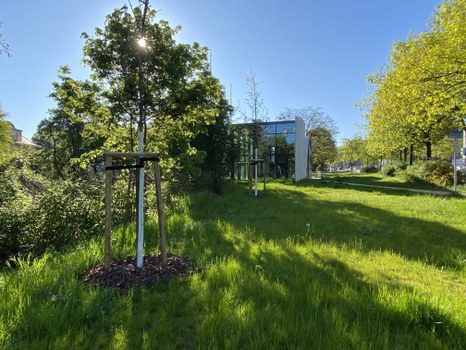
© K. Klunker, TUD
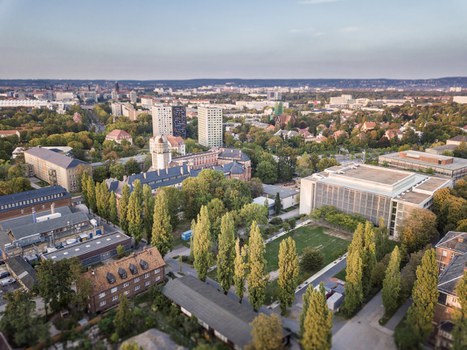
© Crispin-Iven Mokry

© M. Kretzschmar, TUD
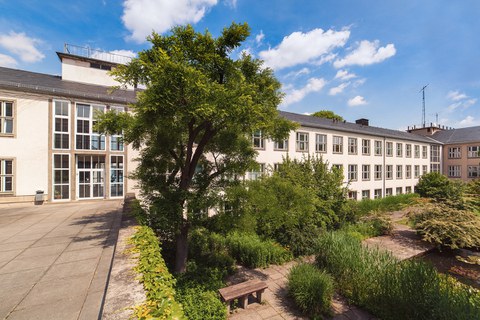
© Nils Eisfeld, TUD

© K. Klunker, TUD

© TUD
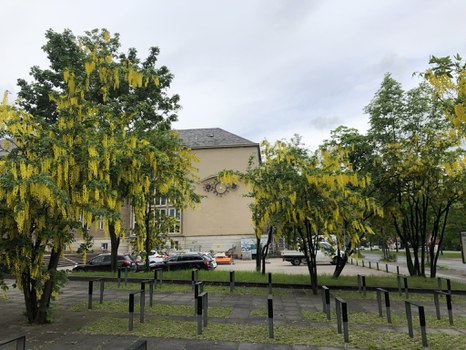
© N. Rüsing, TUD

© M. Kretzschmar, TUD

© I. Herr, TUD
Trees on campus
The main campus has a very diverse tree population, as a 2018 survey during the development of the campus design master plan showed. The campus is home to about 80 different species of trees. Maple and small-leaved linden are the most common, followed in almost equal proportions by ash, black locust and various types of cherry tree. The third most common tree species are common hornbeam, horse chestnut and various types of oak and poplar.
There are not many old or mature trees on campus. As the campus has become more developed, there is less space for trees with large crowns. As a result, solitary trees or small groups of trees predominate. Traffic safety measures, renovation work, and construction work all require frequent interventions in the tree population. The tree sponsorship initiative actively promotes the development of the tree population, and numerous new plantings have been achieved since 2018 thanks to sponsorships.
Wildlife
Trees not only provide decoration, they also perform important ecological functions, helping to improve the local climate by increasing evaporation, producing oxygen, and reducing dust and pollution. Trees provide precious habitats for birds, insects and mammals. They provide nesting opportunities and food sources.

